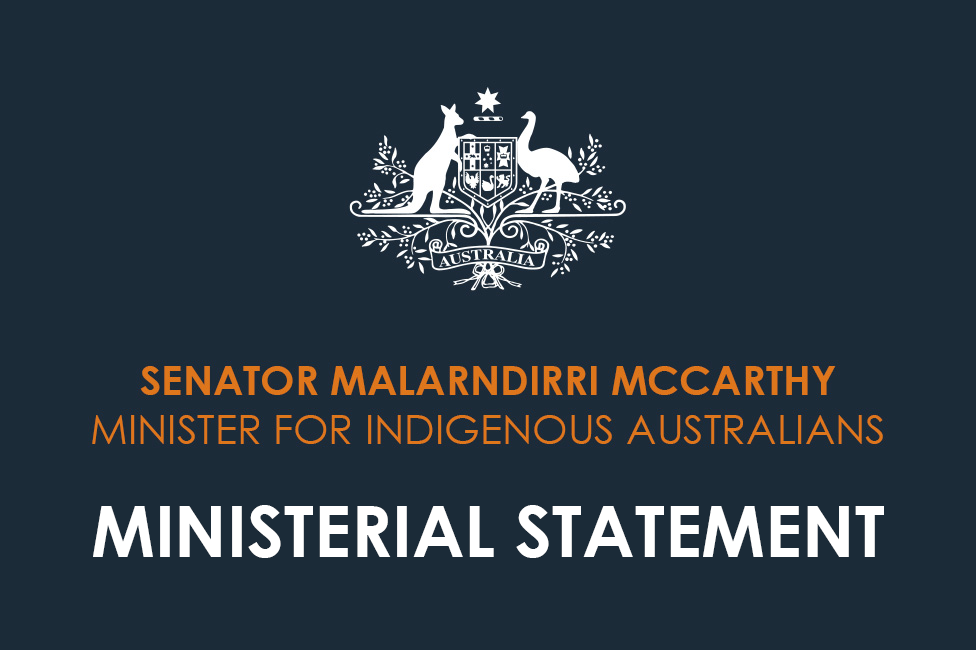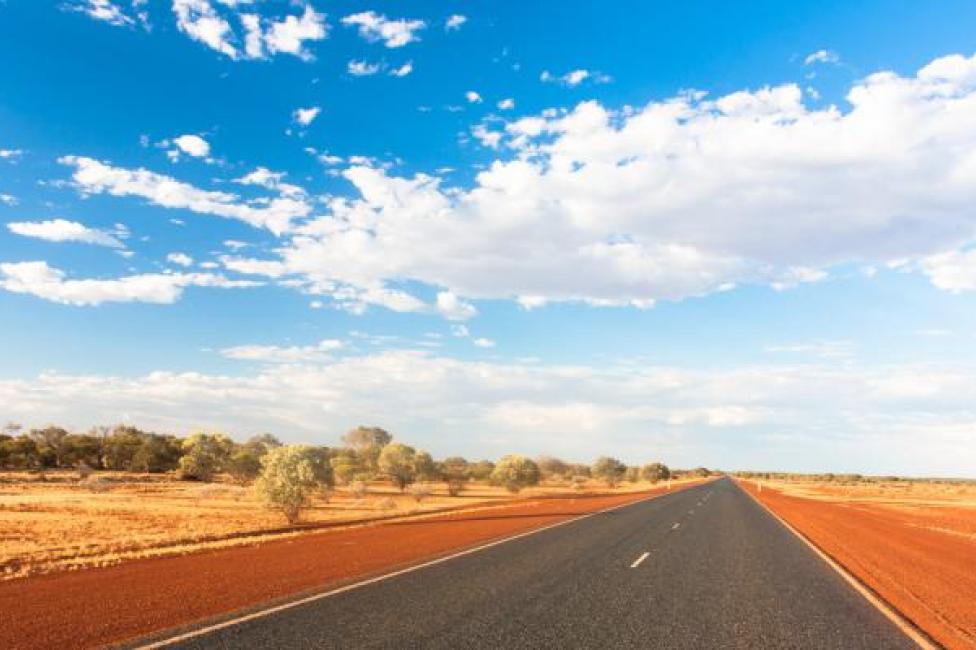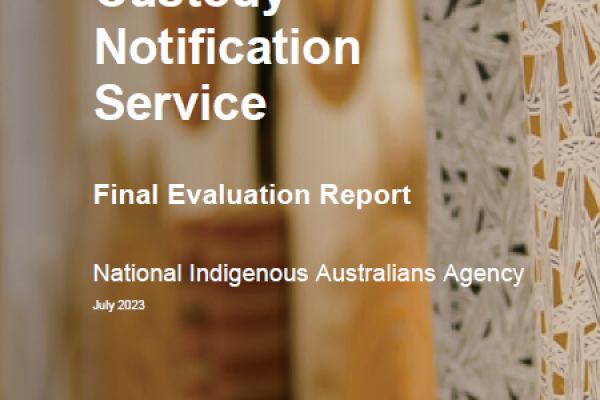Housing
Indigenous Australians across the housing spectrum
Housing is the cornerstone to a range of economic and social outcomes. Stable housing helps support and maintain:
- employment
- health and nutrition
- improvements in education.
Australians have access to several housing options, including:
- public housing
- social and community housing
- private rentals
- home ownership.
First Nations Australians make up three per cent of the general Australian population but hold 18.3 per cent of social housing tenancies. They constitute 25 per cent of the clients accessing specialist homelessness services in 2016–17. Indigenous Australians are overrepresented in homelessness and public housing and underrepresented in homeownership. Overcrowded conditions also persist in many remote communities.
Commonwealth investment in housing outcomes for Indigenous Australians
The NIAA works closely with state and territory governments, who are primarily responsible for housing services in Australia, to deliver better housing outcomes for First Nations people.
The Commonwealth provides significant funding to address homelessness, overcrowding, poor housing conditions and increase home ownership.
Commonwealth initiatives include the:
- Northern Territory Remote Housing Package
- National Partnership for Remote Housing Northern Territory (2018 to 2023)
- National Housing and Homelessness Agreement (July 2018 to June 2024)
- Indigenous Home Ownership Program (IHOP) administered by Indigenous Business Australia (IBA).
Economic independence and self-determination
The Commonwealth recognises investments in housing creates First Nations employment and training opportunities.
From 2016, employment targets were included in the National Partnership Agreement on Remote Indigenous Housing. All jurisdictions exceeded the targets within the agreement.
The National Partnership for Remote Housing Northern Territory set an even higher employment target. It sets an initial target of at least 40 per cent First Nations employment, rising to 46 per cent in 2022-23.
We support self-determination of Indigenous Australians through building autonomy and economic independence. The Commonwealth Rights and Interests in Indigenous Property (CRIIP) project helps unlock economic development opportunities in Indigenous owned property assets. This is achieved by streamlining the removal of Aboriginal and Torres Strait Islander Commission caveats that prevent property disposal.
Further information about CRIIP is provided in the following documents.
We also support Indigenous Business Australia, who have helped countless Indigenous Australians to realise their dreams of owning a home or running their own business.
View more details about:
Community Safety
We seek to ensure that Indigenous Australians grow up and live their lives in a safe home and community.
Indigenous Australians are significantly more likely to experience child abuse and neglect, domestic and other forms of violent crime and be incarcerated than non-Indigenous Australians.
One of the Australian Government’s three priority areas in Indigenous affairs is ensuring communities are safe.
We provide funding for a variety of targeted evidence-based activities to reduce violence and make communities safer.
Under the Government’s Indigenous Advancement Strategy’s Safety and Wellbeing Programme, we focus our efforts on five key outcome areas:
- Reduced substance misuse and harm
- Crime prevention, diversion and rehabilitation
- Violence reduction and victim support
- Safe and functional environments
- Social and emotional wellbeing
We work closely with the state and territory governments—who are responsible for the criminal justice system in Australia—on justice system responses to improving Indigenous community safety. This includes supporting initiatives such as policing in remote locations.
View more details about:







